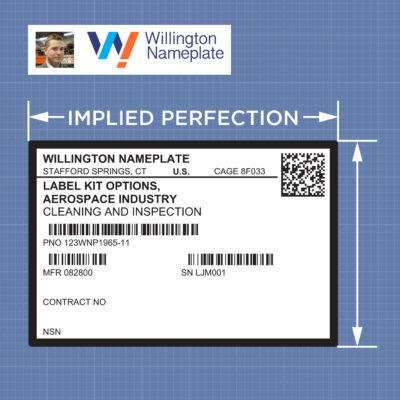One of many challenges in the trenches of the Make-To-Order machining business is interpreting the originators’ requirements specified on their blueprint. There are several variables that should be considered which includes when the blueprint was created, what industry it is meant to support and even the country from which it came from. The converse side is that all machine shops have different equipment, capabilities and, of course, costs. (There are obviously other variables and questions that could be asked but let’s keep it simple.)
As the world changes through accelerating innovation and new economic incentives, often times the original blueprints don’t change at anywhere close to the same rate of change. Even through the up-revision system it’s impossible to think that every drawing will be adjusted according to current manufacturing standards, accepted and available materials, and specialized processes (i.e. anodizing). That means these drawings are, often, inherently antiquated and, sometimes, onerously flawed.
Interpretation is the antagonist to perfection. Paradoxically, the idea of perfection is an oversimplification of how complex and beautiful the (business) world is. Let’s not treat these blueprints as if they are perfect and let’s make quoting proposals according to our costs and capabilities that favor the customer’s intent and end use.
I have heard an incongruous number of times from sourcing and supply chain folks to ‘make it to the blueprint’; however, I rarely hear ‘our drawings may be outdated’. ‘Making it to the blueprint’ implies an element of perfection that is an impossibility over long periods of time.
So the skill that needs to be tapped into, harnessed, and taught is how to accurately interpret the spirit and original intent of the blueprint, understand its current end use, and then quote/manufacture it according to your most streamlined capabilities and costs. Then, and possibly most importantly, it has to be measured against your customers’ budget and price expectations. This is the most underscored, and even most hidden, skill in manufacturing today.
Branding is important; selling is important; safety and having an environmentally friendly business is important. But having the awareness and intellectual strength as an organization to teach your teams how to interpret spirit and intent and how it relates to your business is paramount to its stability and growth.

